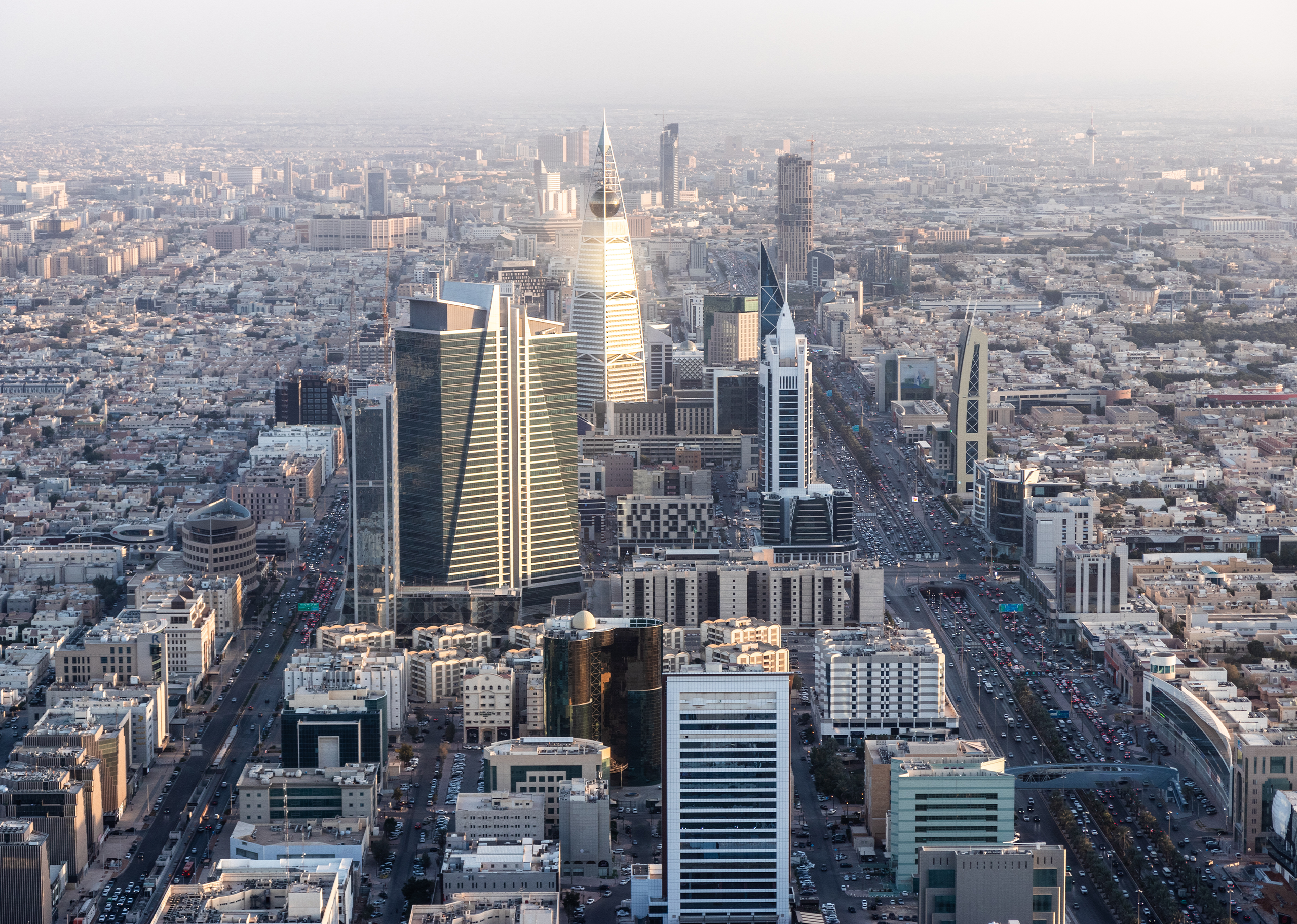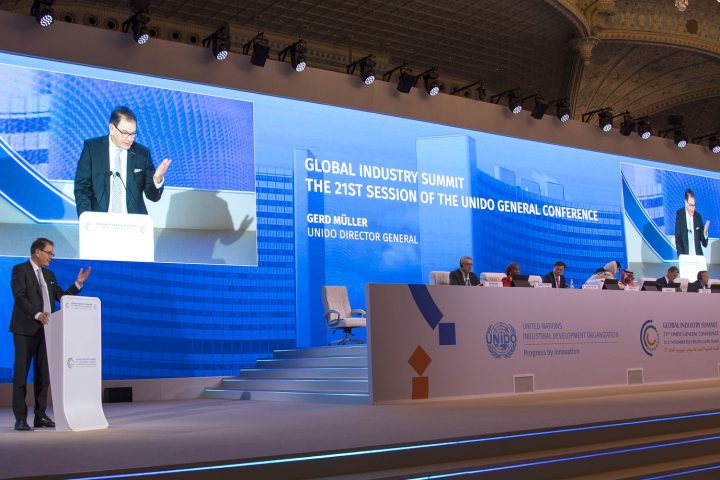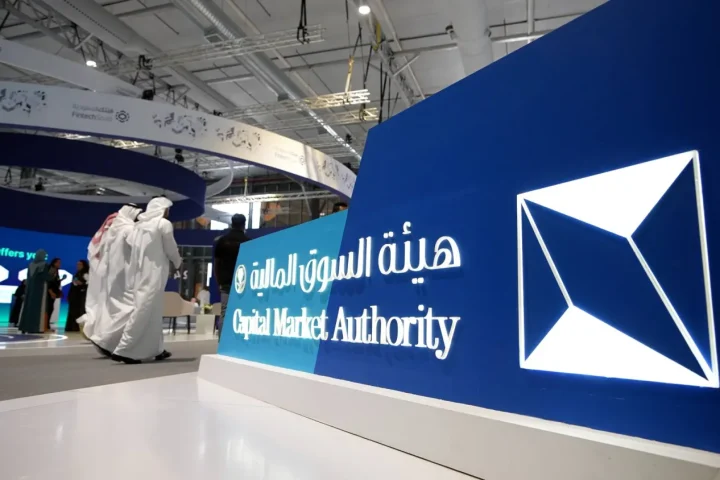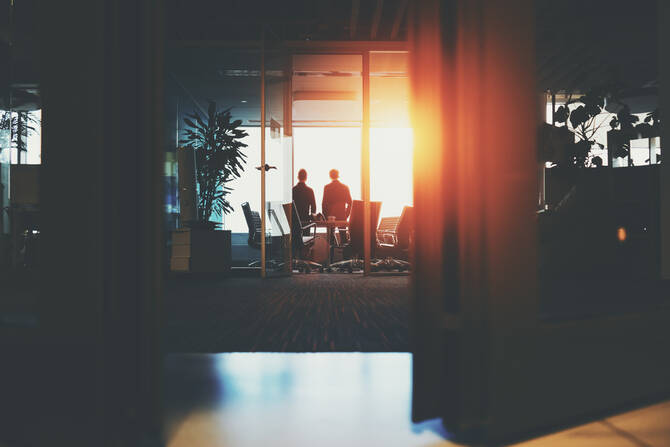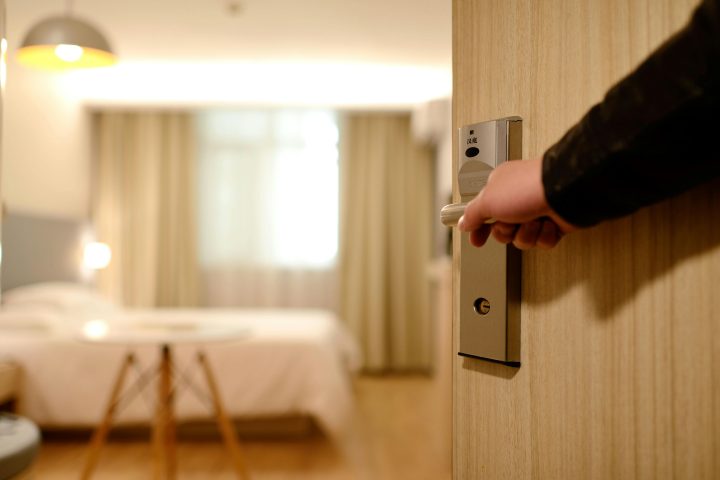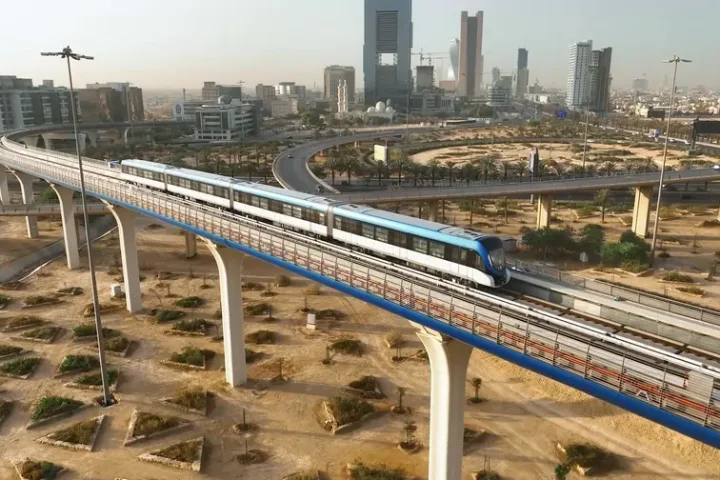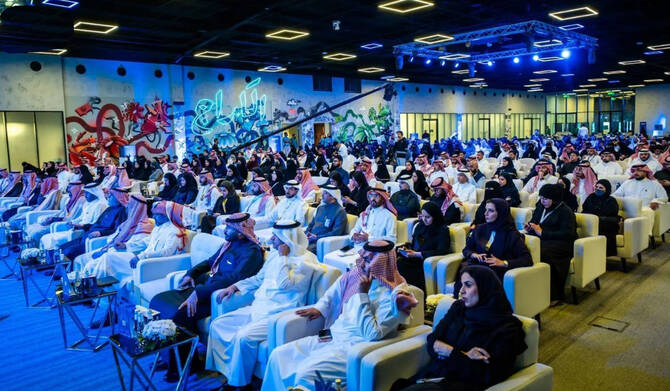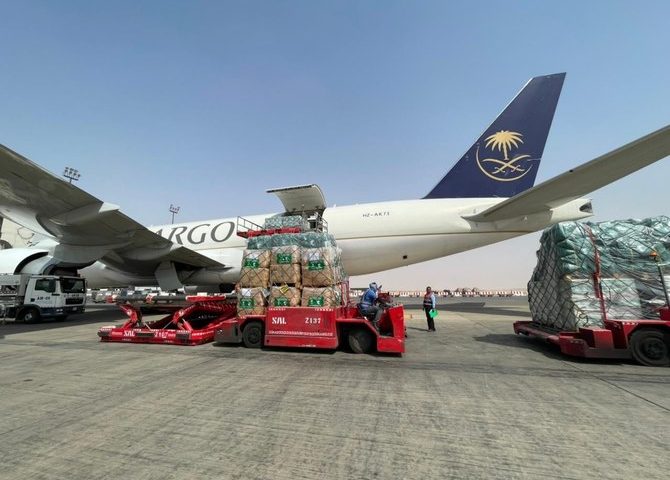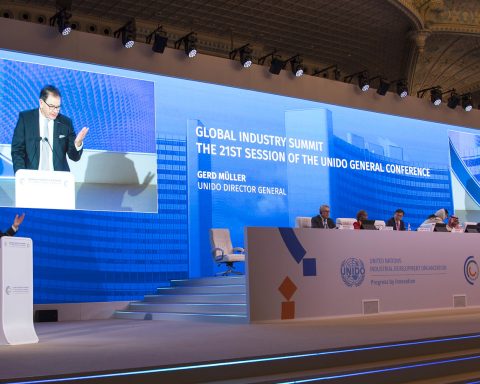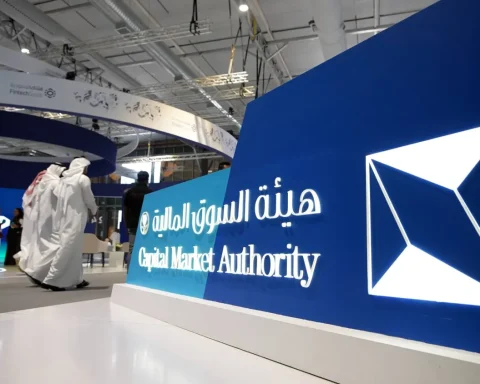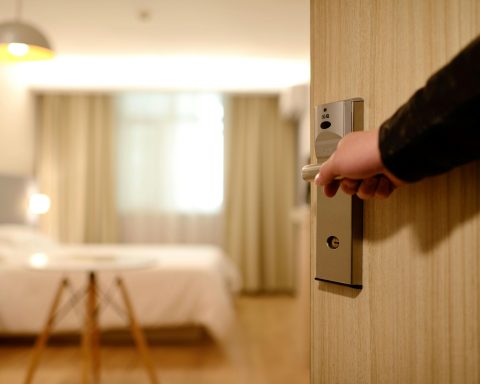Saudi Arabia, Riyadh – May 8, 2025 – CBRE Middle East, the global leader in commercial real estate,
released its latest edition of the Saudi Arabia Real Estate Market Review for the first quarter of 2025.
The Saudi Arabia real estate market demonstrated strong momentum in Q1 2025, with transaction volumes reaching $29 billion,
driven by robust demand across the residential, office, and hospitality sectors.
This growth is bolstered by proactive government initiatives and heightened investor confidence.
The Real Estate General Authority (REGA) is actively addressing price pressures through a study on potential rental caps
and the finalization of the White Land Tax to stimulate housing development.
Additionally, the Royal Commission for Riyadh City plans to release between 10,000 and 40,000 affordable residential plots annually.
Despite global challenges affecting the construction sector, Saudi Arabia’s economic fundamentals continue to strengthen international investor confidence.
The Kingdom achieved a record 13th position in Kearney’s FDI Confidence Index,
with net Foreign Direct Investment (FDI) inflows rising by 37% year-on-year during Q3 2024, reaching SAR 16 billion.
The Office Sector remains on an upward trajectory, fueled by the Kingdom’s Vision 2030 and ongoing economic diversification efforts.
Rental rates have surged, with Prime and Grade A office rentals increasing by 17% and 25% year-on-year, respectively.
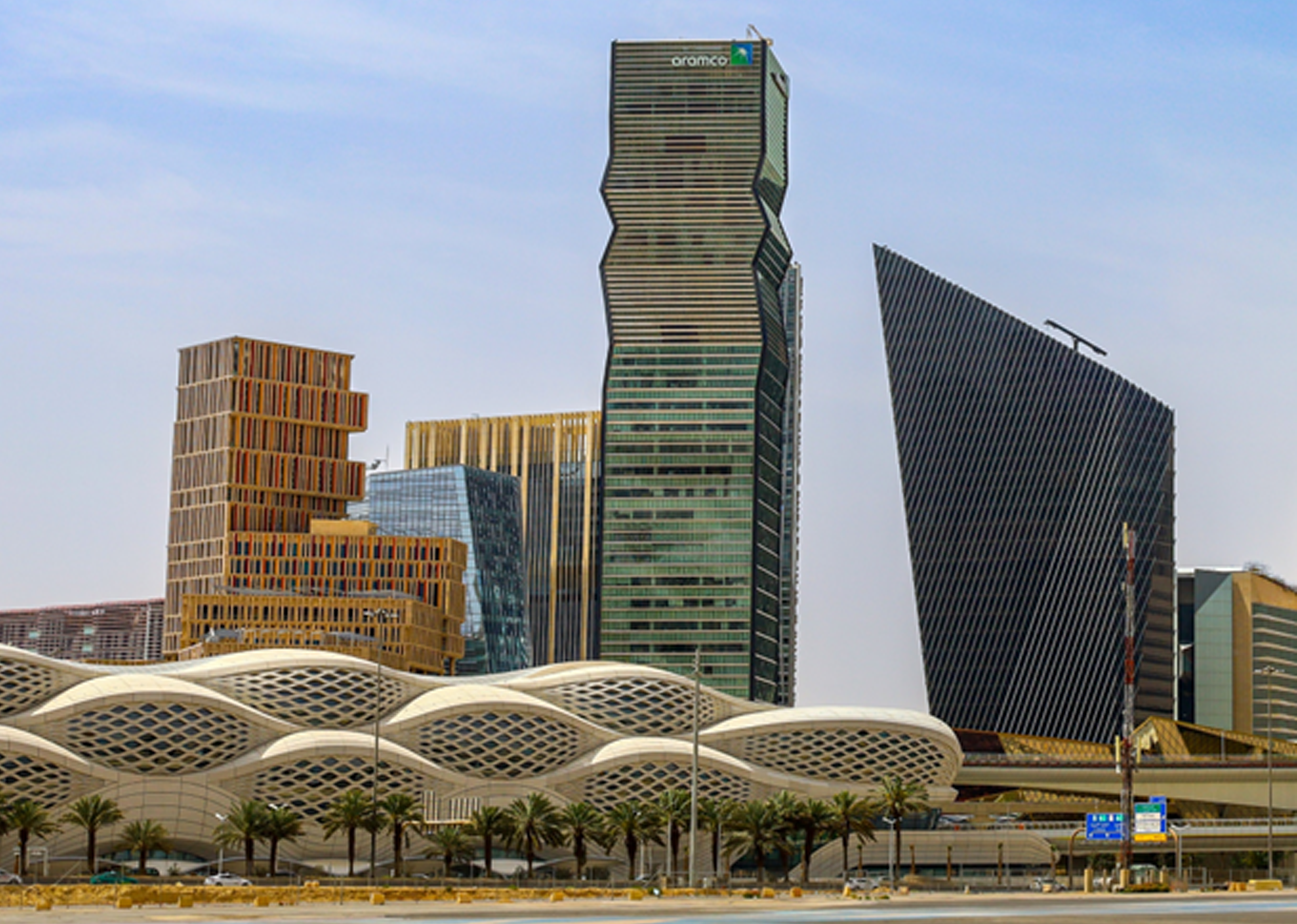
The scarcity of quality accommodation has also led to a 19% year-on-year increase in Grade B rents.
While the long-term supply pipeline is strong, new office space in the near term (2025-2026) will primarily come from private developers,
with significant completions expected in late 2025 and early 2026.
Jeddah’s office market has also seen rising Grade A rents, supported by ongoing economic diversification and its proximity to key industrial zones.
In the Residential Sector, the mortgage market experienced notable growth in Q1 2025,
with new loans to individuals increasing by 28.3% year-on-year to SAR 8.91 billion ($2.37 billion).
This growth, particularly in apartment lending, indicates a gradual shift in demand from standalone houses.
However, affordability remains a challenge, especially in Riyadh, where prices have risen significantly over the past five years.
Authorities are implementing regulatory and urban planning reforms to unlock land and control prices while attracting foreign investment
and enhancing homeownership opportunities for lower-income groups.
Riyadh led the region with a 10.7% annual increase in residential real estate prices.
The Retail Sector is also witnessing significant growth, with total sales reaching nearly SAR 116 billion in the first two months of 2025,
an 8% increase compared to approximately SAR 108 billion during the same period in 2024.
This upward trend is supported by population growth, a rise in inbound tourism, and changing consumer preferences,
particularly within the food and beverage market, which has seen year-on-year growth of around 4%.
Looking at the Hospitality Sector, Saudi Arabia welcomed 30 million international visitors in 2024, marking a 9.5% increase,
with non-religious tourism now accounting for the majority.
The tourism sector contributed SAR 498 billion (12.45% of GDP) to the domestic economy,
fueled by the ongoing development of new hotels and serviced apartments.
The Kingdom is focused on significantly increasing its hotel capacity to over 426,000 rooms to accommodate a growing influx of tourists,
further boosted by upcoming events such as the World Expo 2030 and FIFA World Cup 2034.
Efforts are also being made to attract high-end tourists through the development of luxury hotels and unique experiences,
alongside growth in budget-friendly and business accommodations.
The Industrial and logistics Sector is also thriving, with an anticipated 1% year-on-year increase in aggregated net profit for petrochemical companies in 2025.
The industrial real estate sector is gaining traction due to rising non-oil exports and increased industrial output,
driving demand for logistics properties, particularly in Riyadh and the Eastern Province.
The National Industrial Strategy aims to increase the number of factories and attract foreign investment,
as evidenced by 105 new industrial licenses issued in February 2025, following 103 new factories launched in January with investments totaling SAR 900 million.
Notable projects include the $11 billion Aramco-Total Amiral Complex in Jubail, expected to create 7,000 jobs,
and NEOM’s Octagon Hub, a clean energy-powered logistics center anticipated to generate 460,000 jobs.
Additionally, Saudi Arabia is focusing on logistics expansion under the National Transport and Logistics Strategy,
with SAL committing SAR 4 billion to establish a 1.5 million+ square meter logistics hub near Riyadh. The broader construction market is projected to grow.
Matthew Green, Head of Research MENA, comments: “The strength of Saudi’s non-oil
economy is highly evident within the country’s continued real estate market growth,
with all sectors seeing sustained activity and rising prices during the quarter, as supply failed to keep pace with demand.”
See More: FOLK Maritime Purchases Second Vessel M/V Folk Jazan


